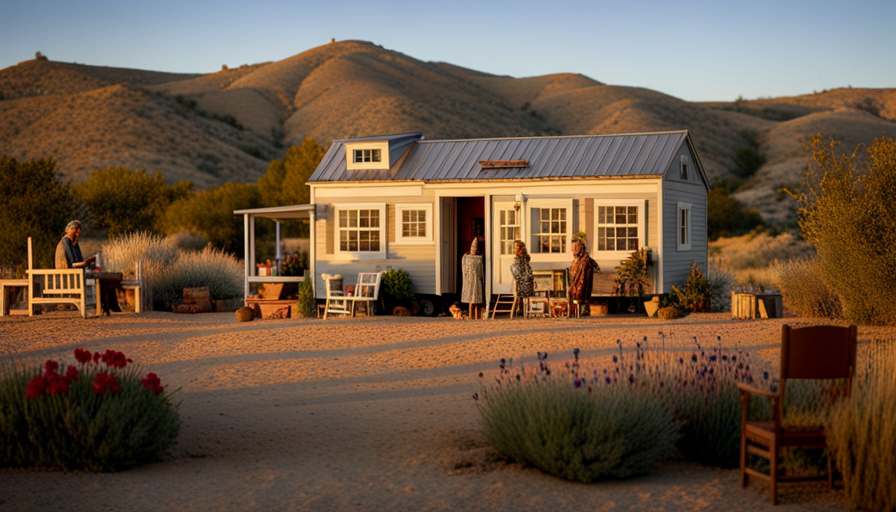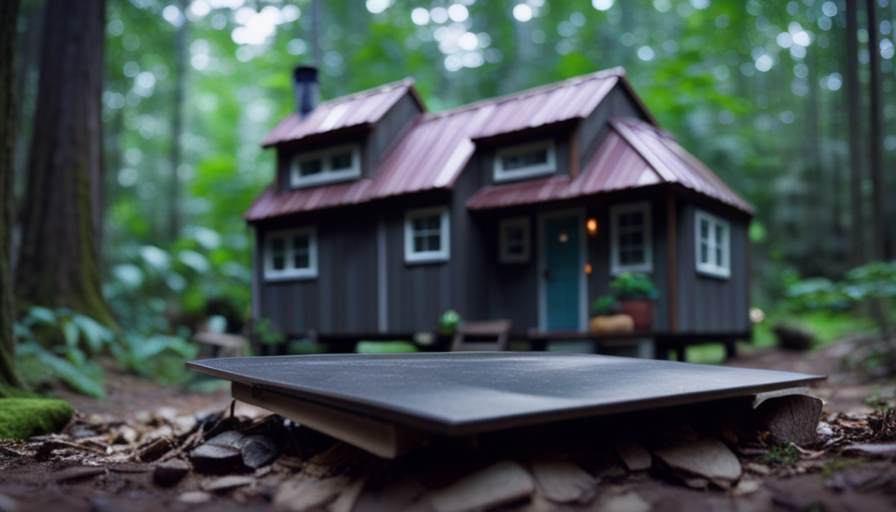Having successfully connected two tiny house trailers, I can assure you that while it may seem challenging at first, with the proper tools and know-how, it can be done seamlessly.
In this article, I will guide you through the step-by-step process of connecting two tiny house trailers, highlighting common challenges and providing solutions.
Get ready to embark on this exciting journey of creating a larger living space by connecting two tiny house trailers together.
Key Takeaways
- Ensure even weight distribution between trailers
- Consult manufacturer’s specifications for towing capacities
- Use weight distribution hitch for better control and stability
- Maintain stability and safety
Considerations for Connecting Two Tiny House Trailers
One important consideration for connecting two tiny house trailers is the weight distribution. It’s crucial to ensure that the weight is evenly distributed between the two trailers to maintain stability and prevent any potential accidents during towing.
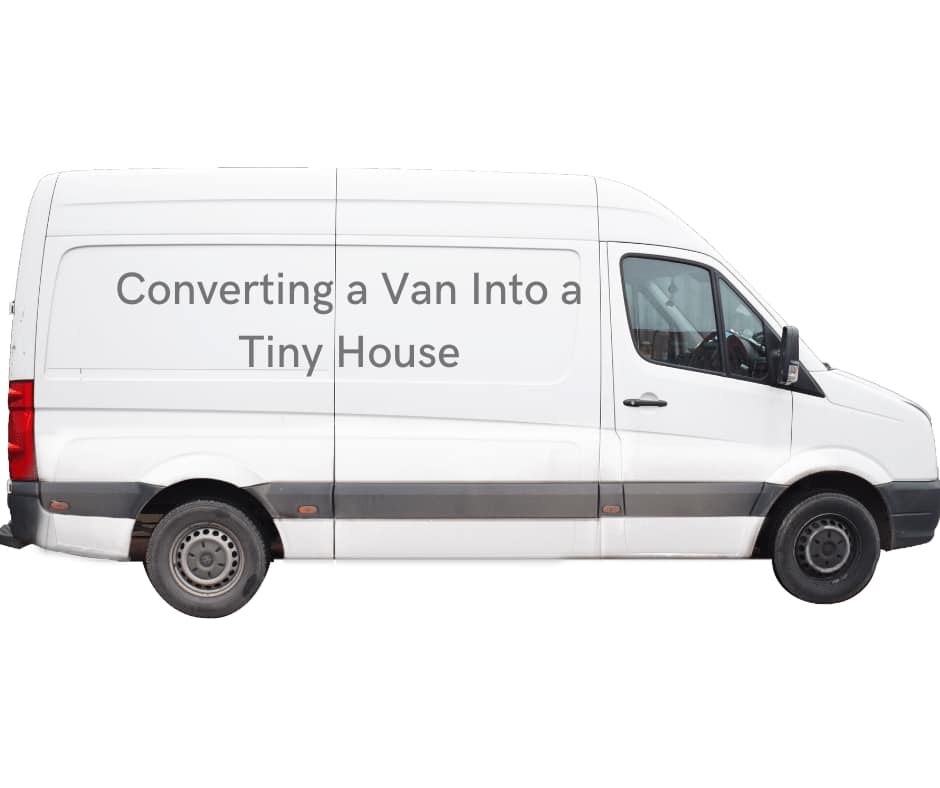
To achieve proper weight distribution, it’s essential to take into account the towing capacity of each trailer. This will determine the maximum weight that can be safely towed by the vehicle. It’s recommended to consult the manufacturer’s specifications for both trailers to determine their individual towing capacities.
Additionally, using a weight distribution hitch can help distribute the weight evenly between the two trailers and the towing vehicle, providing better control and stability during towing.
Now, let’s move on to the next section to discuss the tools and materials needed for connecting two tiny house trailers.
Tools and Materials Needed for Connecting Two Tiny House Trailers
To connect two tiny house trailers, you’ll need an assortment of tools and materials. Here are the items required for a successful connection:
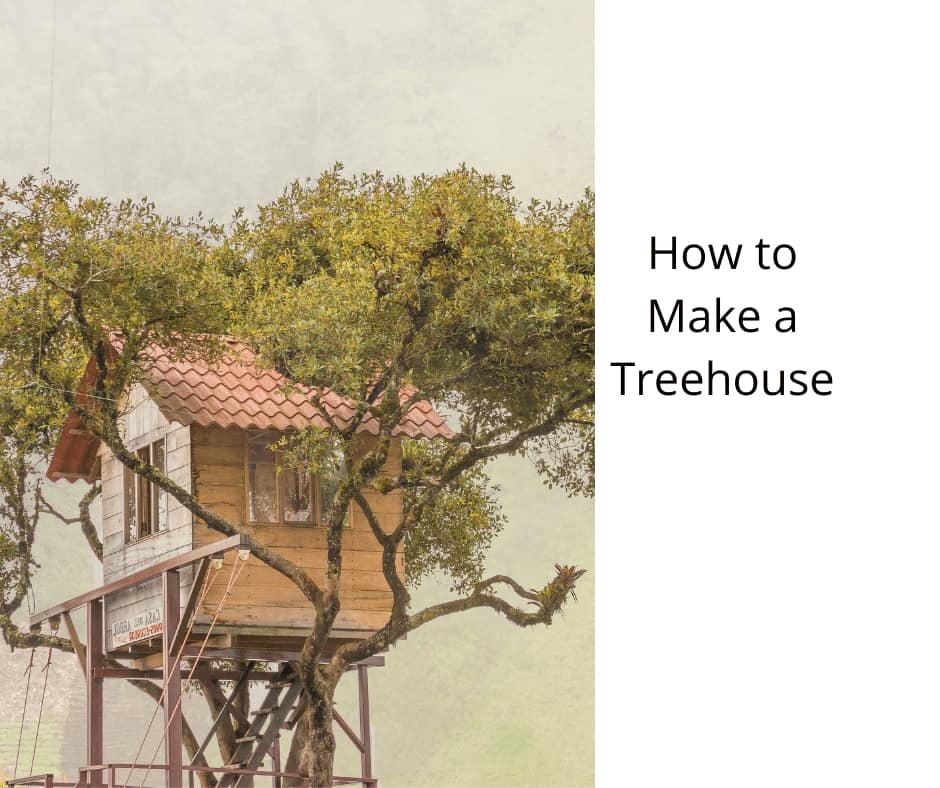
-
Leveling Jacks: These will help ensure proper alignment of the trailers during the connection process.
-
Hitch Coupler: This is the mechanism that attaches to the tow vehicle and connects the trailers together securely.
-
Bolts and Nuts: These fasteners are essential for reinforcing the connection points between the trailers.
-
Welding Equipment: If necessary, welding can be used to reinforce the connection further, providing additional strength and stability.
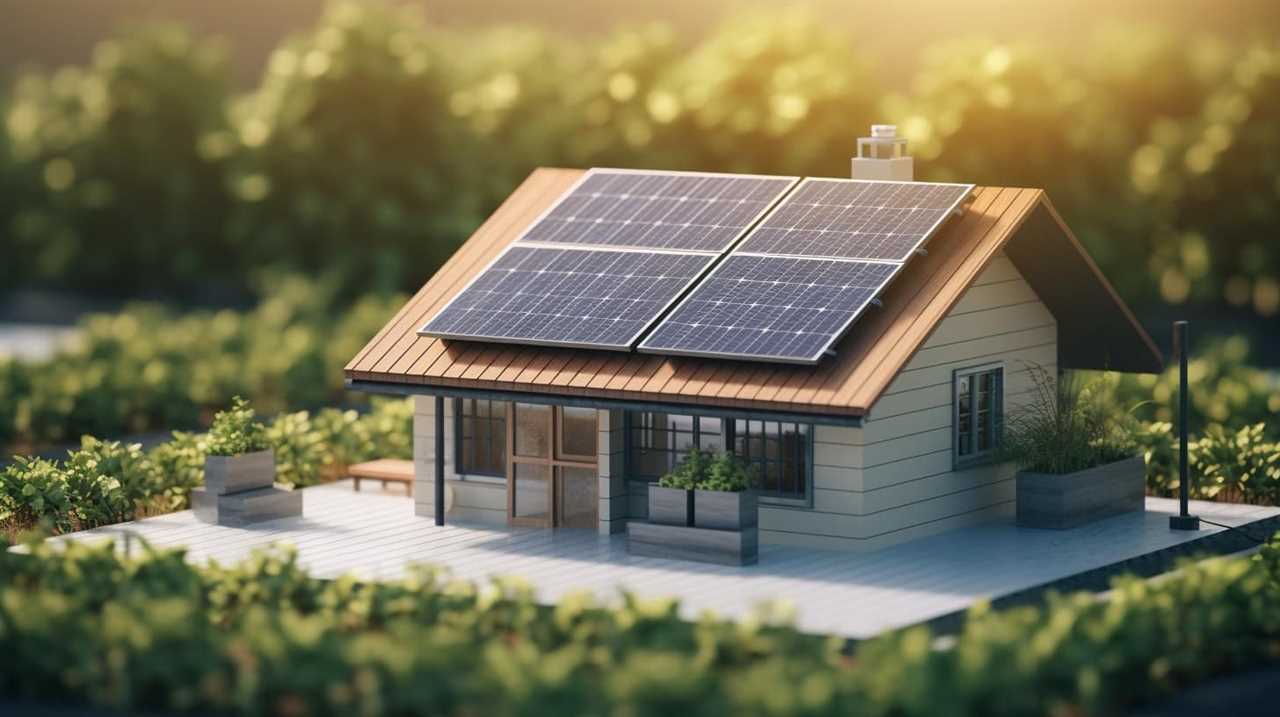
-
Safety Chains: These chains act as a backup in case the hitch coupler fails, preventing the trailers from completely separating.
Step-by-Step Guide to Connecting Two Tiny House Trailers
I will begin by gathering all the necessary tools and materials, such as leveling jacks and bolts, to ensure a successful connection between the two tiny house trailers.
Once I’ve all the required items, I’ll position the trailers in a straight line, ensuring they’re parallel to each other.
Using the leveling jacks, I’ll adjust the height of each trailer to make them level.
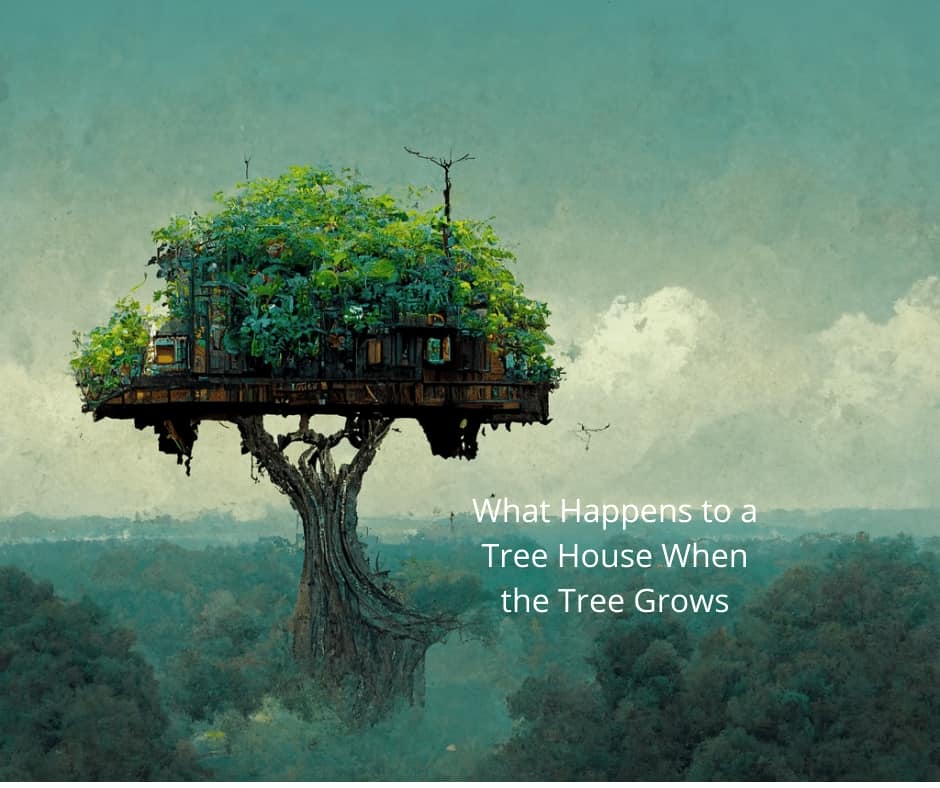
Next, I’ll connect the two trailers using bolts and brackets specifically designed for joining trailers together.
I’ll secure the connection by tightening the bolts with a wrench, ensuring a sturdy and safe connection.
Common Challenges and Solutions When Connecting Two Tiny House Trailers
Despite the potential for challenges, with careful planning and the right tools, connecting two tiny house trailers can be a straightforward and manageable task. Here are some common challenges when connecting two tiny house trailers and solutions for overcoming them:
-
Alignment: Ensuring that both trailers are properly aligned can be tricky. Use a laser level or a string line to achieve accurate alignment.
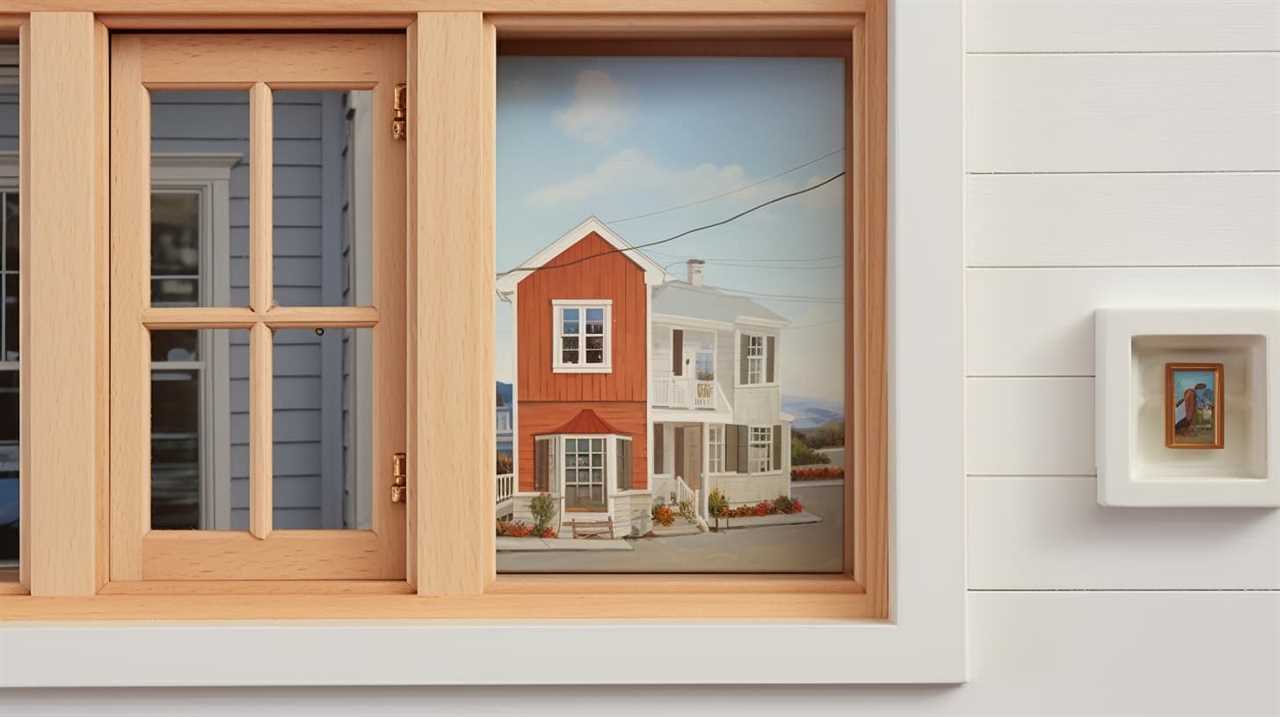
-
Structural Integrity: Joining two trailers requires reinforcing the connection points to maintain structural integrity. Install steel plates or brackets to strengthen the connection.
-
Electrical Connection: Connecting the electrical systems of two trailers can be complicated. Use junction boxes and appropriate connectors to ensure a secure and reliable electrical connection.
-
Plumbing Integration: Combining the plumbing systems of two trailers may require additional fittings and connectors. Use flexible hoses and adapters to connect the plumbing lines effectively.
-
Weight Distribution: Proper weight distribution is crucial for safe towing. Use weight distribution hitches and ensure that the load is evenly distributed on both trailers.
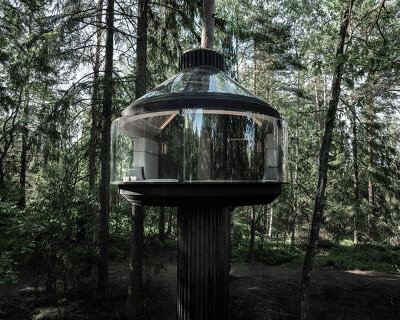
Tips and Tricks for a Successful Connection of Two Tiny House Trailers
With careful planning and the right equipment, connecting two tiny house trailers can be a straightforward and manageable task. However, it’s important to avoid common mistakes that can lead to problems down the line.
One common mistake isn’t properly aligning the trailers before connecting them. This can result in an uneven connection, causing stability issues when towing.
Another mistake isn’t using the appropriate hitch and safety chains. It’s crucial to use a hitch that’s specifically designed for connecting two trailers and to securely attach safety chains to prevent trailer separation in case of an accident.
Additionally, consider alternative methods such as using a bridge or ramp to connect the trailers if the terrain is uneven or challenging.

Frequently Asked Questions
What Are the Legal Requirements for Connecting Two Tiny House Trailers?
To legally connect two tiny house trailers, you must comply with the legal requirements and building codes set by your local jurisdiction. These regulations ensure safety and structural integrity during the connection process.
How Much Weight Can Be Safely Added to the Combined Trailers After They Are Connected?
After connecting two tiny house trailers, it’s important to consider the maximum weight capacity. Adding too much weight can negatively impact towing stability, risking accidents and damage to the trailers.
Can Any Type of Tiny House Trailer Be Connected to Another, or Are There Specific Models That Are Compatible?
There are specific types of connectors for tiny house trailers that ensure compatibility when connecting two trailers. It’s important to choose the right model and follow proper installation procedures to ensure a secure connection.
Are There Any Specific Safety Precautions That Should Be Taken When Connecting Two Tiny House Trailers?
When connecting two tiny house trailers, there are important safety measures and key considerations to keep in mind. Properly securing the trailers together, ensuring proper weight distribution, and inspecting the connection regularly are all crucial for a safe and stable setup.

Are There Any Limitations or Restrictions on Where the Connected Trailers Can Be Towed?
There are limitations on towing locations when connecting two tiny house trailers. It’s important to consider the length and weight of the connected trailers, as well as any potential risks associated with towing them.
Conclusion
Connecting two tiny house trailers requires careful consideration and the use of specific tools and materials. By following a step-by-step guide, you can successfully join the trailers together.
However, challenges may arise, but with some problem-solving skills, these can be overcome. Remember to take your time and be precise in your approach.
With these tips and tricks, you’ll be able to create a seamless connection between two tiny house trailers, ensuring a sturdy and enjoyable living space.

I’m Theodore, and I love tiny houses. In fact, I’m the author of Tiny House 43, a book about tiny houses that are also tree houses. I think they’re magical places where imaginations can run wild and adventures are just waiting to happen.
While tree houses are often associated with childhood, they can be the perfect adult retreat. They offer a cozy space to relax and unwind, surrounded by nature. And since they’re typically built on stilts or raised platforms, they offer stunning views that traditional homes simply can’t match.
If you’re looking for a unique and romantic getaway, a tree house tiny house might just be the perfect option.













